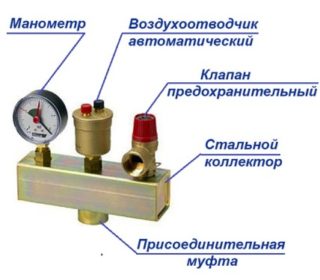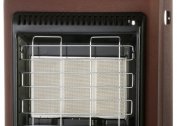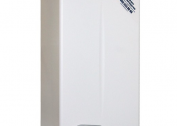Unlike solid fuel units, connecting an electric boiler is a problem that usually worries not only owners of private buildings. You need to worry about the choice of equipment type, its installation and integration into existing communications. One of the most preferred options is the installation of an electric boiler with a connection to the mains and heating system.
Basic Connection Tasks
During installation and subsequent connection of the boiler to existing mains, the following regulatory requirements must be observed:
- For insertion into the heat main (connection to the power supply network), a method is selected that guarantees the complete safety of equipment operation.
- The operations should not violate the established mode of operation of communications and lead to a change in their scheme.
- It is important to pre-select options for turning on the heating system, which can improve the efficiency of its operation.
Provided that these requirements are met, the main task of connecting the electric boiler to the 220 Volt electric network and the heating main can be considered solved.
Harness Features
To properly connect the electric boiler to the existing highways, you will first need to deal with its strapping. It traditionally contains a number of additional elements and measuring instruments. With this in mind, it is important to determine the location of the boiler equipment in the heating system in a timely manner.
Choosing an installation location
Current regulations do not provide any restrictions on the installation location of the electrical unit. It is selected taking into account safety regulations and ease of maintenance. The boiler is mounted in a private house, taking into account the following requirements:
- The equipment installed on the floor is located in a separate room, where access to the residents of the house is limited.
- Mounted models can be mounted in the kitchen or in the bathroom.
- When the unit body comes in contact with a wall, a heat-shielding lining of asbestos or basalt will be required under it.
When installing an electric boiler in a bathroom, it becomes difficult to connect 220 Volts to the network, since in this case a powerful power cable will need to be laid to it. These measures are associated with additional costs; funds will also be required to hide and decorate the laid communications.
Optional equipment
The requirements of the standards regulate the arrangement of the strapping, each element of which is installed in a certain place:
- The safety group (GB) is mounted behind the heating unit, since here, when the circulation stops, maximum pressure develops.
- The expansion tank is installed taking into account the pressure in the circuit at a certain distance.
- The heat transfer pump is located directly in front of the boiler, at the point of the circuit with a minimum temperature.
In modern electric boilers, strapping elements, as a rule, are already built into the structure itself.
Wiring
Before installing the product, it should be noted that for its connection, electrical wiring based on a cable with copper conductors will be required. The wire cross section is selected in accordance with the value indicated in the equipment certificate. Contact terminals are displayed as a separate block located in the lower part of the housing.There is also a copper bolt with frame size M6, designed to connect the grounding bus.
When arranging the grounding, it is important to ensure that the electrical contact at the attachment point is very reliable. To do this, the connection area should be thoroughly cleaned with sandpaper. Otherwise, protection against electric shock will not work effectively.
Wiring diagrams
When evaluating the connection schemes of electric heating boilers to the water main, choose from the following options:
- the simplest circuit with forced circulation, in which an expansion tank, a pump, a safety valve and a Mayevsky device are provided;
- diagram without an expansion tank and a separate circulation pump;
- option using a special parallel-connected capacitive buffer that accumulates heat at night with reduced rates.
Any scheme for connecting an electric boiler, provided that it is installed correctly, guarantees the required heating efficiency.
Independent connection of the boiler to electricity will require the following recommendations:
- only appliances with a power of up to 3.5 kW are connected to a conventional outlet;
- power units with an indicator of up to 7 kW are connected directly to the distribution panel;
- boiler equipment designed for 12 kW is switched with a single-phase 220 Volt network;
- units of greater power are included in a 3-phase 380 Volt network.
For the installation of boiler equipment, a VVG brand wire with three copper conductors (for a single-phase version), as well as a circuit breaker and UZO, are required. The last two elements work together and protect the line from overload and leakage currents up to 30 mA.
Installation Steps
The installation and connection of the elements of the electric boiler is carried out in several stages:
- The unit is installed on the floor or mounted on the wall at a height of approximately 1.5 meters.
- Outlets are connected to pipelines with simultaneous installation of ball valves.
- An expansion tank is mounted in the return line.
- In the same area, a fine mesh strainer is mounted.
For ease of maintenance, an additional valve is installed in front of the device. In the units of induction and electronic type there are completely no pumps - they are mounted separately in the boiler piping. In such systems, the use of a security group is mandatory.








